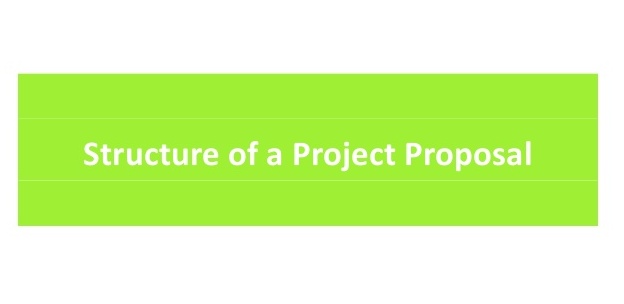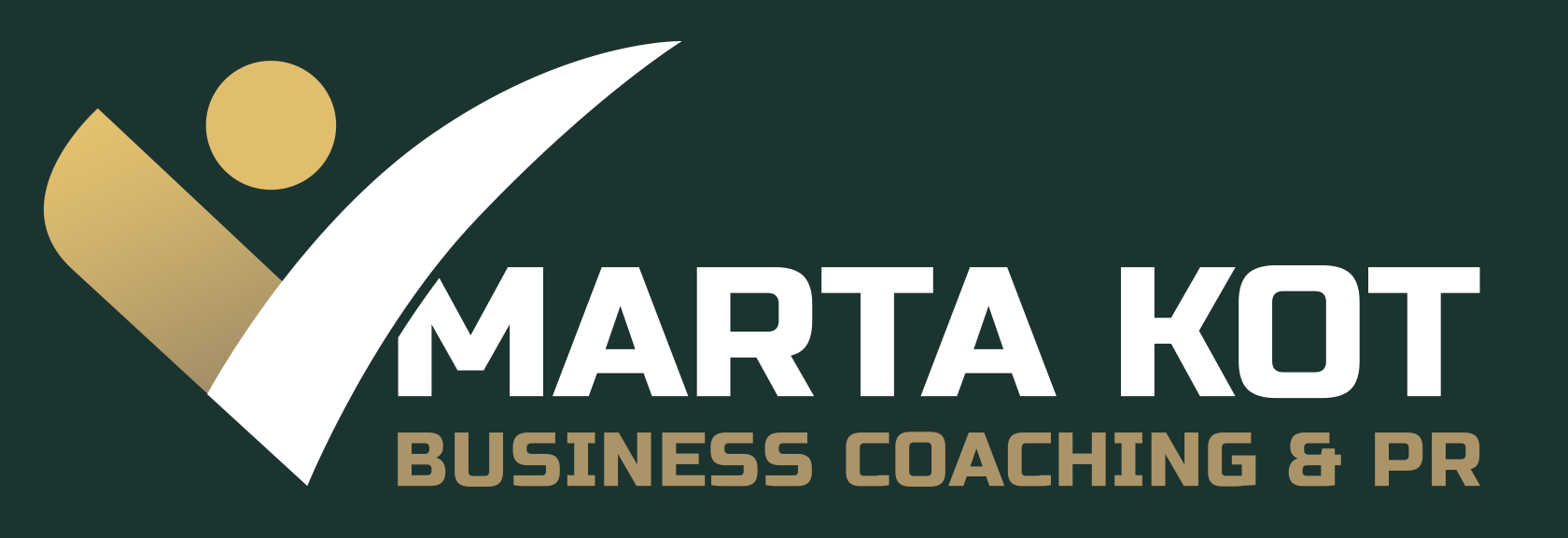How to write a winning project proposal?

Managers are often expected to submit various proposals for review of the board. It may be a new project proposal or a proposal to justify the need for extending the existing service range. No matter what the circumstances are, business proposals these days, in the era of a massively competitive market where every penny spent must be justified, should not only be well informed but also persuasive. As an experienced writer in business, I thought I would put together a template of such kind of a proposal. I’ve kept it in a pretty generic format so it can be applied to different industries or projects.
Project proposal template
Section 1: Project details
- Company name
- Project title
- Project timeline
- Project contacts
Section 2 and the most important one: Project summary
Why did I say that the project summary section is the most crucial? Because those couple of paragraphs reveal your understanding of the project and your motives (it’s business so the board usually wants to see big money). Most experienced people in business can skim the summary and know whether the undertaking is worth investing in or not. Hence, if you do care about the project, make sure you dedicate enough time and energy to answering the following questions:
- Why should this project be carried out? (Include strong reasons, ideally based on customer/client expectations, competitor activities or even better – any top-secret information you’ve managed to gather on your competitors’ future plans.)
- What does the project entail? (In other words: what you will be doing in this project.)
- How long will it take?
- How much will it cost? BUT be careful here: if you do believe in your project, it’s vital to present as realistic return on investment as you possibly can.
TIP: Some professionals suggest writing the project summary last to make it as sharp, persuasive and clear as you can.
Section 3: Project background
This section is also known as ‘Set the scene’. This is where you are given more space to elaborate on the challenges/opportunities you’ve identified and are trying to solve. Explain why these challenges are worth solving and opportunities worth pursuing. In this section you should also provide a brief setting and history behind the project. (Has a similar project ever been conducted by your company or your competitors? If so, with what result?). You can include references to supporting documentation, such as research papers and articles. This information can be placed in the index at the end.
Section 4: Project objectives
You’ve most likely already explained what goals the project is aiming to achieve. In this section state explicitly what the objectives are.
- Objective 1
- Objective 2
- Objective 3 (…)
TIP: Make the objectives SMART and ensure they sound attractive not only to you, but also to the board.
Section 5: Project methodology
This section, so closely linked to the one above, outlines why you chose a particular methodology in order to meet the project objectives. Secondly, it explains how you plan to collect and analyse your data. All in all, it provides details on methodology, the population being addressed, and how anticipated data collection problems will be managed.
Section 6: Project costs
This is where we estimate the overall cost of the project. It varies from one company to another how detailed the information about individual costs should be so it’s worth finding out.
Section 7: Conclusion
In this section you should try to tie up all the above information in a short summary that explains the value of the project and emphasises its feasibility. Remember you’re proposing a winning project you genuinely believe in, and not an average one, so say it diplomatically once again here.
SOME USEFUL PHRASES:
The aim of this proposal is to …
The bottom line is that,…
At the moment / Currently, our company produces / provides…
Having conducted thorough research, I wish to state that …
The findings imply / suggest that …
I therefore recommend that …



